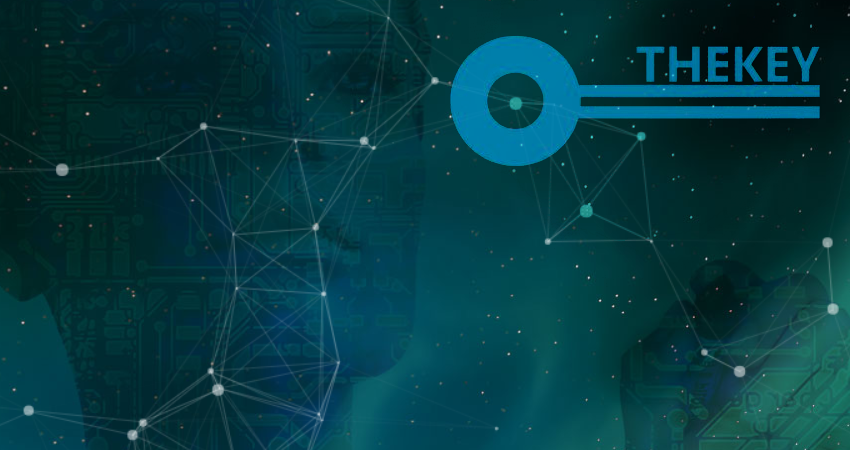Recently, THEKEY project team has made an official announcement about establishing an Identity Verification (IDV) ecosystem based on the NEO blockchain. The results generated from the IDV system are undeniable and unalterable. The team embraces more than 20 years’ experience in processing and developing individual Big Data. Currently, THEKEY has connected personal identity data of 210 million people in 66 cities authenticated by the relevant government authorities, on a real-time basis.
The team has already obtained 23 relevant copyrights, and 15 patents have been accepted by SIPO (State Intellectual Property Office of the P.R.C) and start the attestation process. The combination of blockchain technology and IDV will pave the way to migrate people from the real world to the online world.
The history of IDV
The earliest documented identity proof in China is the “Fish Tally” from the Sui and Tang dynasty, which was used to prove the hierarchy of the nobles. Then it evolved to “Turtle Tally”, “Tooth Plate” and “Waist Tag”, etc. The ID card with personal information only emerged in the period of the Republic of China.
Due to the low productive force and simple social activities, the scenario required IDV was very limited, so the proof issued by the authorities would be enough.
In order to prevent forgery, authorities were constantly changing the materials and packages of the identity proof as well as severe laws to solve this problem, but driven by interest, people were risking their lives to fake the identity.
With the development of productivity and science, as well as the diversification of human activity, more and more information has been embodied in ID cards, the printed content is also stored electronically. ID cards can not only store the fingerprint, but also the DNA sequence.
The Urgent Need for IDV
The singular ID information cannot satisfy the demand for daily social activities. For example, you need to provide your ID card together with your medical records in order to purchase the health insurance; if you apply for a bank card, certificate of revenue is also required in addition to the ID card; when you apply for the residence permit, the leasing or procurement contract is also necessary.
These inconveniences can be attributed to the following 5 reasons:
- Personal information is stored in different public authorities, which is hard to be interconnected;
- No one truly has his own integrated personal information since it’s recorded in a centralized way;
- Personal information is constantly changing and updating;
- High risk of security for the use of personal information;
- Only a small part of the personal information has been properly stored and utilized.
The Concept of DMI
DMI stands for Dynamic Multi-dimension Identification. It’s an IDV solution which integrates the multiple sources data collection, data modeling, access control, data encapsulation as well as the application interface. DMI is currently widely applied in social insurance, commercial insurance, healthcare industry, and credit investigation.
The Emergence of BDMI
Blockchain can serve as an open, distributed ledger that is unalterable and reliable. By leveraging DMI and blockchain technology, Blockchain Based Dynamic Multi-dimension Identification (BDMI) constitutes a value transmission network of identity information. According to different application scenarios and development platforms, developers write blockchain data acquisition script, deploy it in the node where identity information is generated and stored. Then the script invokes DMI data exchange interface, processes the identity information and forms a decentralized P2P network with other nodes.
The generated data package will be permanently recorded in an electronic version, which is “block”. The block will chronologically record all value exchange activities, and all blocks together constitute a record collection, which is BDMI. As an updated DMI solution, the BDMI is built on blockchain, and we believe it will trigger a revolution in the IDV industry.
The Prospect of BDMI
As more and more personal identity information (PII) is recorded on the blockchain, the PII under control of an individual is more intact and diversified. With BDMI, people will live a more convenient life. For example, open the door without a key, but with facial recognition and digital fingerprints, start a vehicle by comparing your behavior with the latest behaviors maintained on the blockchain, and effective clearance by the customs. With THEKEY, humans can eventually “migrate” to the Internet.
For more information, please visit THEKEY official website or join the Telegram for discussion.






















